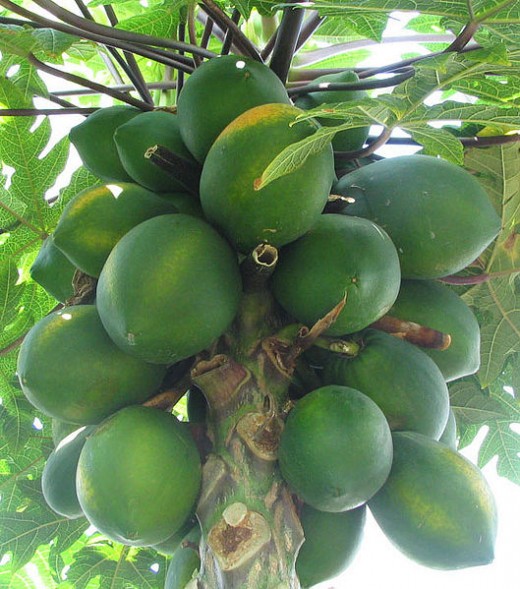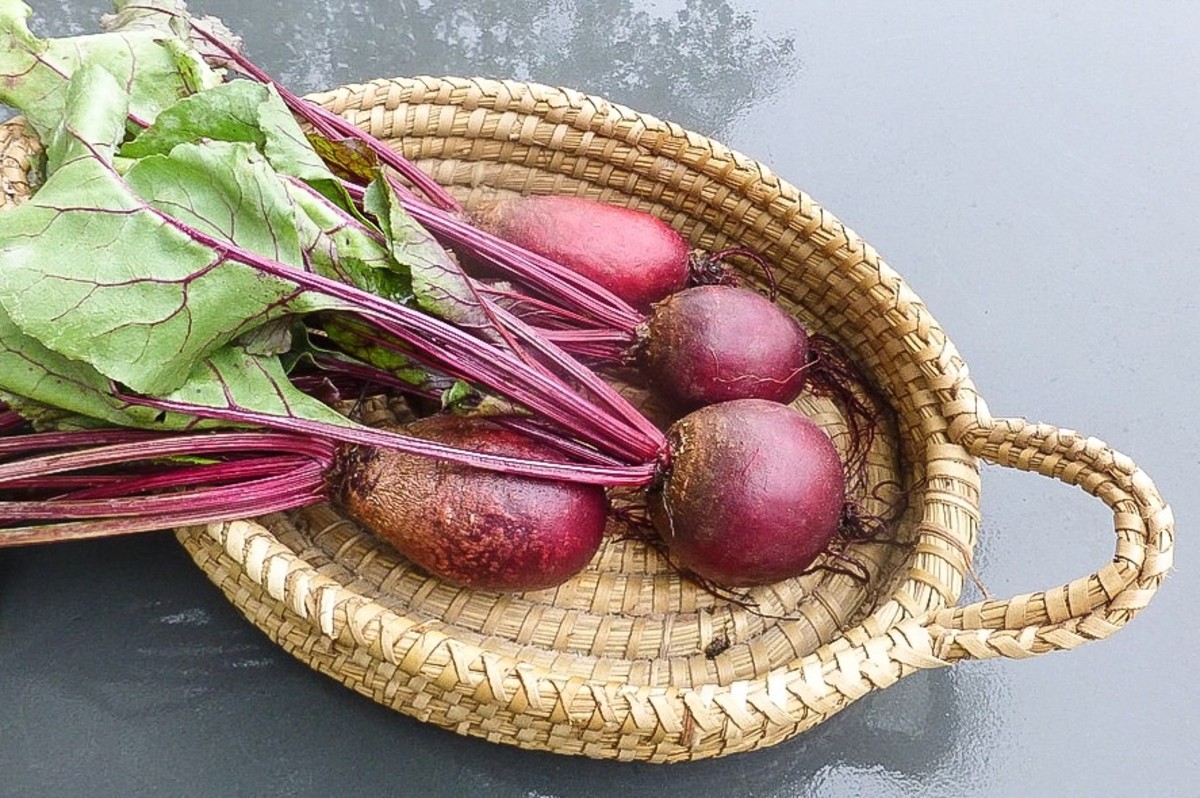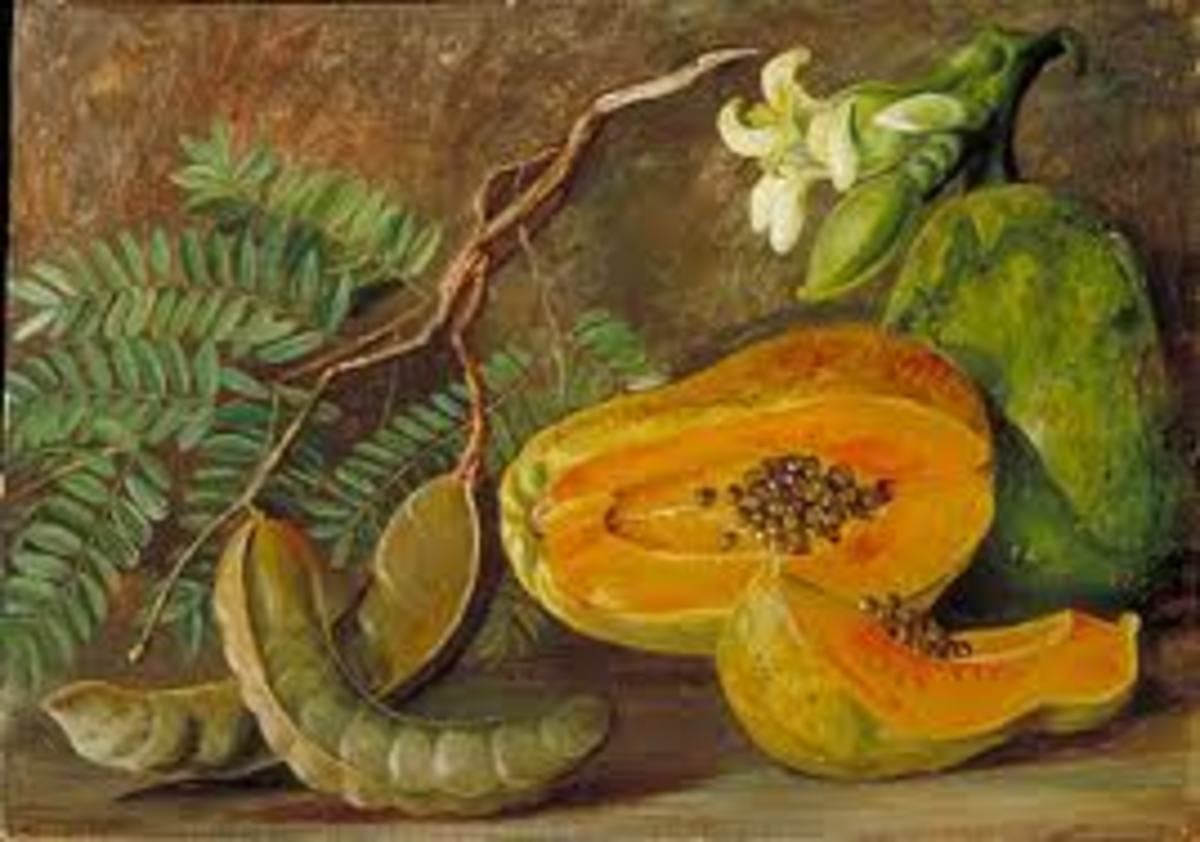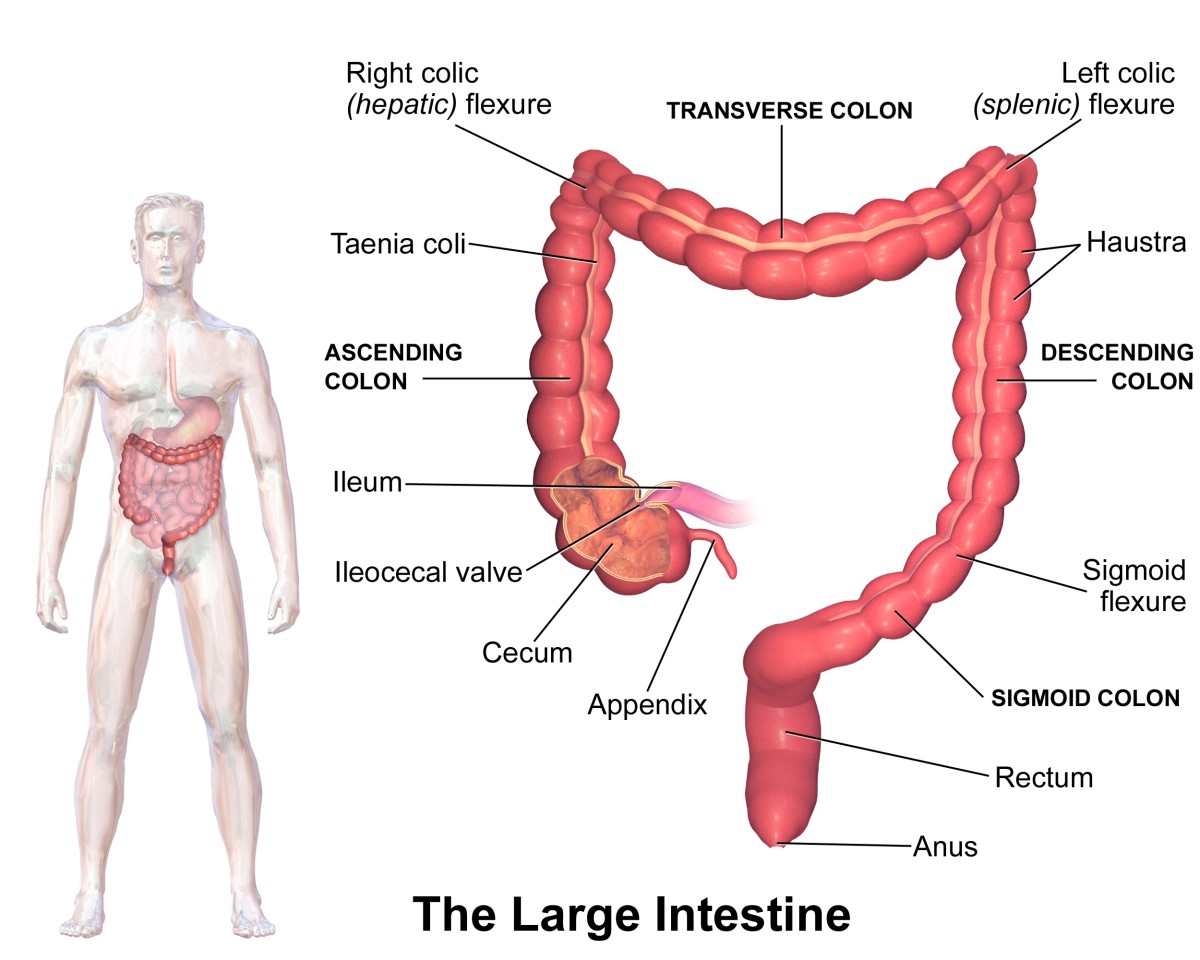How to Cure Your Indigestion by Using Pawpaw
Papaya is Known as Pawpaw
The papaya fruit is known in some places as pawpaw. This fruit should form an important feature of our diet just like any other fruit. Papaya probably originated from southern Mexico. Today, Papaya is cultivated to varying degrees in all tropical and subtropical countries. It is especially common to find reasonable quantities of this fruit in the East African countries. Papaya fruit is eaten as a melon, included in salads and when unripe, it is cooked as a vegetable. As far as taste is concerned, pawpaw might be described as a mixture of melon, Williams's pear and milk.
The male or staminate form of papaya has a fragrant, whitish yellow flower borne on the long stems. These male flowers only produce occasional small fruits. The female papaya has larger flowers which are often solitary in the leaf axils above the stem and will produce fruits varying between 1 and 10 Kg.
One of the most important components of this Pawpaw fruit is the papain, a dried milky juice from the shell of the unripe fruit. To obtain the papain, the fruit is taken at the size of at least 4 x 2 cm and scored by fingernail or a razor blade for the milky latex to ooze out. The best yield is obtained when the sun is not shining directly on the fruit. Riper fruits will yield less papain. The milk coagulates on a cloth and is then scraped off and dried, usually in the sun. This is now papain which is a prototype of vegetable proteases - protein enzymes capable of breaking down other proteins into amino acids. They are similar to animal pepsin.

The Flesh of the Pawpaw Fruit
The yellow or reddish yellow flesh of the fruit is made up of 70-90% water, 0.6% raw fiber, 0.5% protein, 0.2% (fat, digestive carbohydrates, sugar, saccharose, glucose and fructose), 0,7% pectin, 0.5% ash (with calcium, iron, phosphorus),0.055% ascorbic acid, 0.04% vitamin B1 and carotene. As far as taste is concerned, pawpaw might be described as a mixture of melon, Williams's pear and milk.
At the risk of sounding fussy, I must emphasize the importance of including pawpaw in your fruit salad and that pawpaw is equally very good for your baby.
Papain - Uses and Applications
Papain has many uses and applications including the following:
- 1. cleaning wounds to form smooth scarring
- 2. treating worms
- 3. curing indigestion
- 4. tendering meat
- 5. softening skins for the elderly
- 6. preserving juice and beer
Pregnant mothers should avoid papaya. Unripe papaya contain latex which acts like prostaglandin and oxytocin. Prostaglandin and oxytocin is what the body uses to start labor. When you want a woman to start labor or to strengthen labor contractions, all you need is to use synthetic prostaglandin and oxytocin.
Cleaning Wounds to Form Smooth Scarring
Since Papain is capable of breaking down other proteins into amino acids, it will therefore break down dead skin and tissues in wounds such as bed sores, ulcers, burns, carbuncles, cysts, surgical wounds. The wound will heal smoothly as the broken-down tissues can more easily be removed. Papain will also kill most bacteria in the wound. If you suffer from stomach ulcers, eat pawpaw as salad daily and it will sooth the pain associated with ulcers. Use papain to cure snake bites and insect bites as papain will break down the high concentration of the poison protein.
Curing Indigestion
Papain is a protein-dissolving enzyme that will eases many stomach ailments and is an exceptional aid to curing indigestion. It is an excellent treatment for digestive disorders and extremely useful for any disturbances of the gastrointestinal tract. The enzyme papain in pawpaw will not only digest protein, but it extends its activity to digesting carbohydrate. Foods containing starch like breads and cereals will be broken down fast. It should be a relief to those suffering from Celiac disease as it will easily break down wheat gluten for better absorption of food and minerals. The pawpaw will also control heartburn and is equally a good appetizer.
Treating Worms
Use papain to treat worm parasites such as roundworms in the digestive system. In herbal medicine, papain is used as a de-wormer for its purgative actions which increases the movement of intestinal contents. Either the caricin from the papaya seed or carpaine from the papaya leaves will kill the worms. Grid the seeds or leaves and boil them to produce a juice. Add a sweetener like honey and use for three days and all your worms will be gone for ever. You certainly can use papain to cure worms and parasites in dogs and other pets.
Softening Skins for the Elderly
It has been known since ancient time by the old Indian women of South America that the milky substance from papaya is a gentle exfoliate for dry lifeless skin. Papain will soften blocked pores, refine and sweep away dead cells. This results in a clear, smooth, soft and moist skin.
Tendering Meat
Tenderize meat with papain which has the effect of loosening the bonds in the muscle protein and making the meat more tender, juicier and quick to cook as well as being easier to digest. As the flavor and juiciness of the meat is not affected by papain, you can endow meat with qualities normally reserved for the more expensive cuts or meat from younger animals. The papain powder is applied by slicing the meat, sprinkling the papain and pricking the meat.
Preserving Juice and Beer
It is the same papaya papain that is used in stabilization of beer thus preventing bear from clouding when cold. Apart from bear, papain is also used for clarifying the juice of citrus fruits. Orange or lemon juice normally starts to ferment after 8 hours but addition of 0.1 percent papain will keep the juice fresh for weeks.
The Flesh of the Pawpaw Fruit
The yellow or reddish yellow flesh of the fruit is made up of 70-90% water, 0.6% raw fiber, 0.5% protein, 0.2% (fat, digestive carbohydrates, sugar, saccharose, glucose and fructose), 0,7% pectin, 0.5% ash (with calcium, iron, phosphorus),0.055% ascorbic acid, 0.04% vitamin B1 and carotene. As far as taste is concerned, pawpaw might be described as a mixture of melon, Williams's pear and milk.
At the risk of sounding fussy, I must emphasize the importance of including pawpaw in your fruit salad and that pawpaw is equally very good for your baby.
The Author’s page is designed to help beginners and average readers make some money as an extra income to supplement what they may be earning elsewhere - details of which you can find in My Page, if you will.









